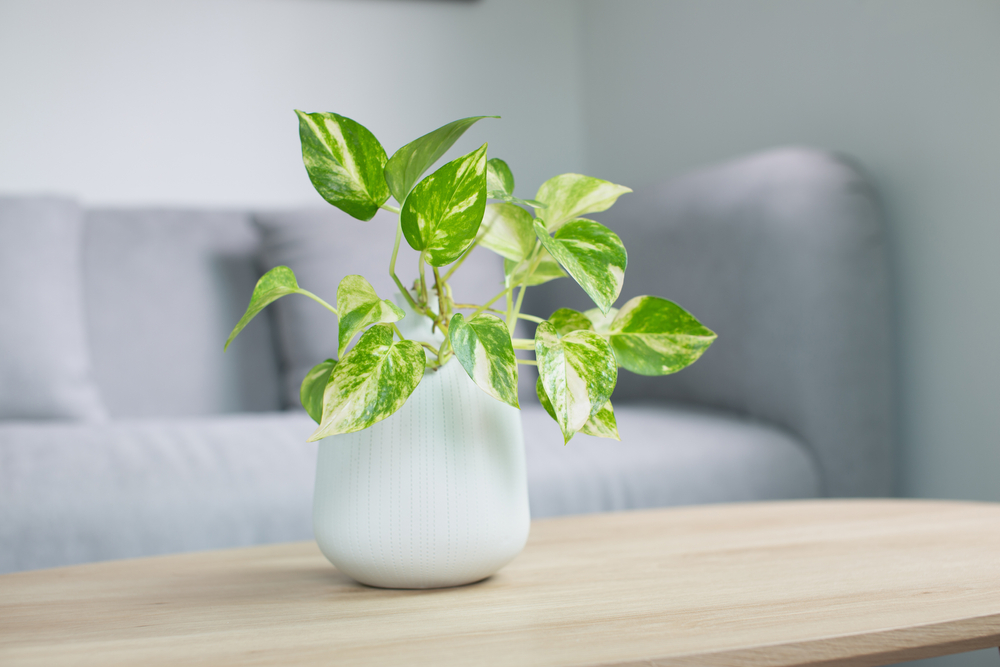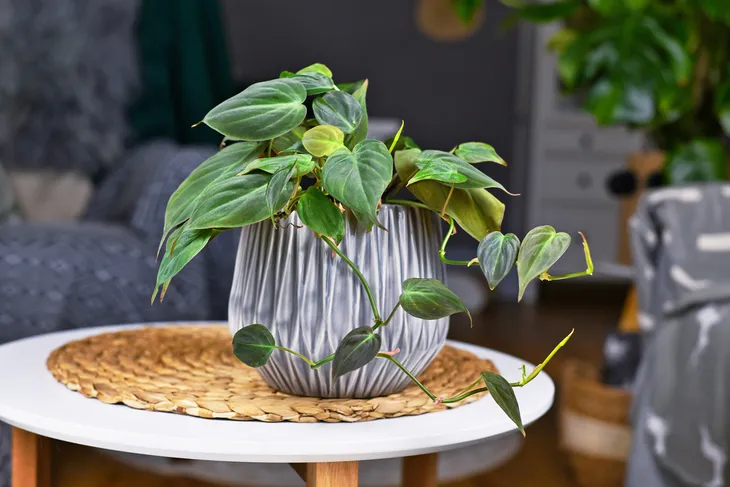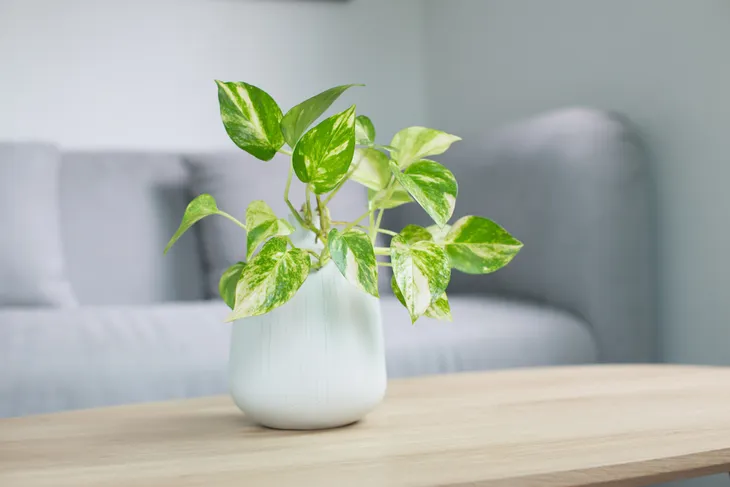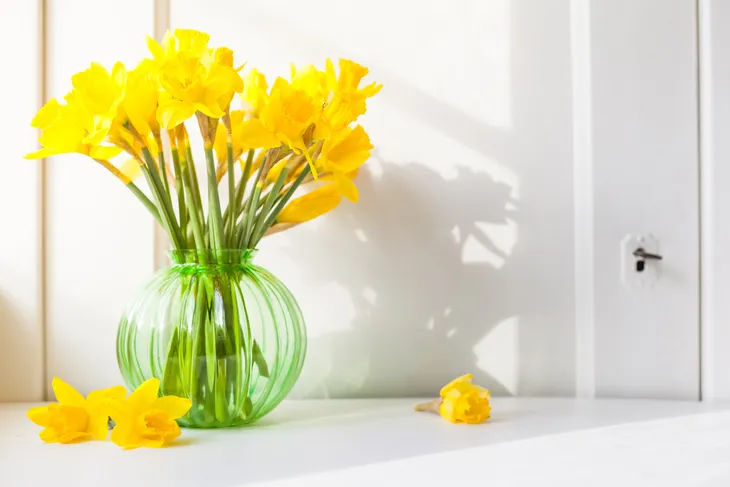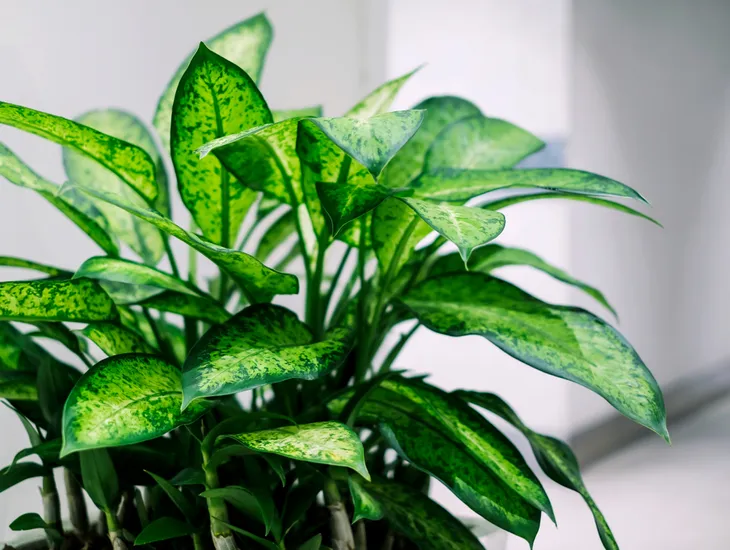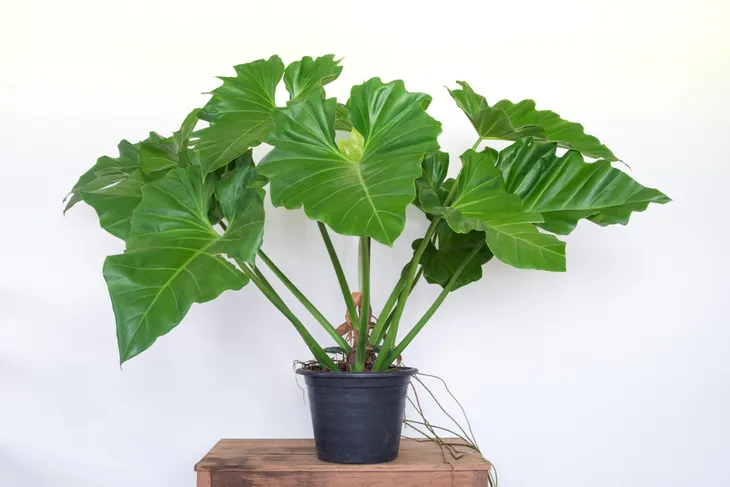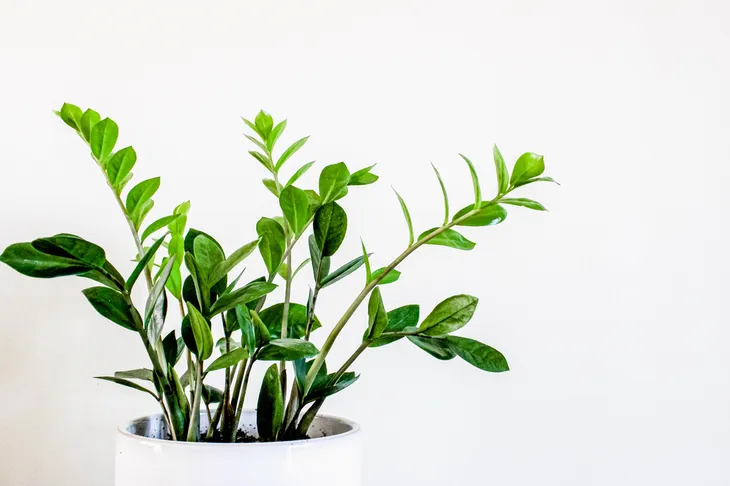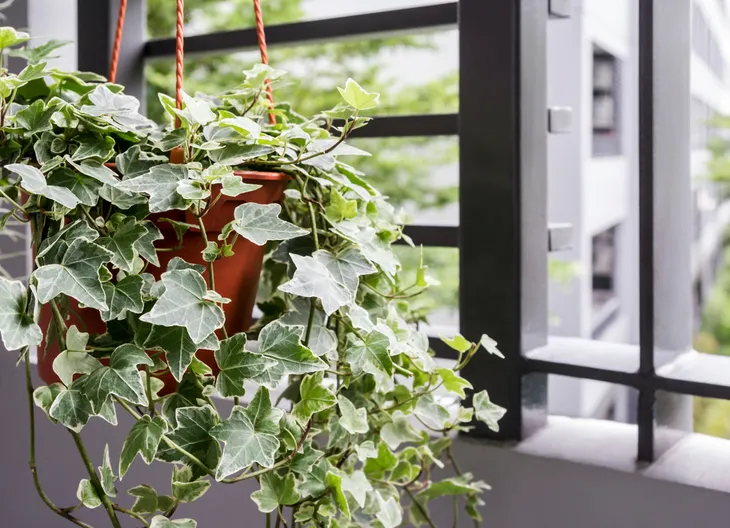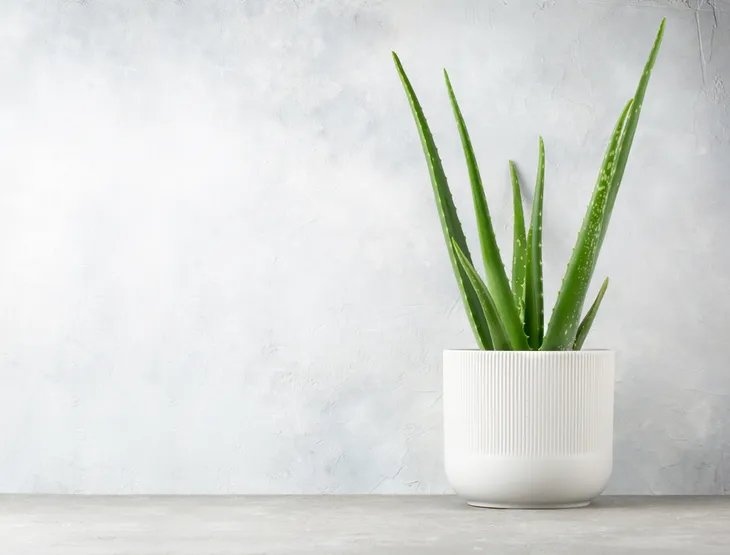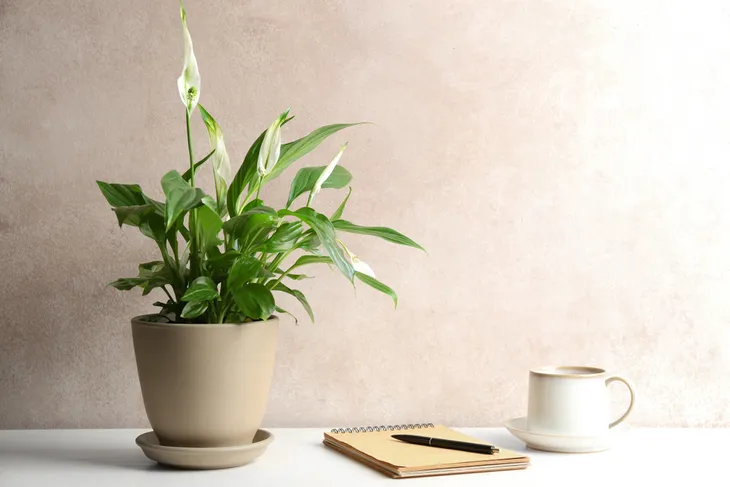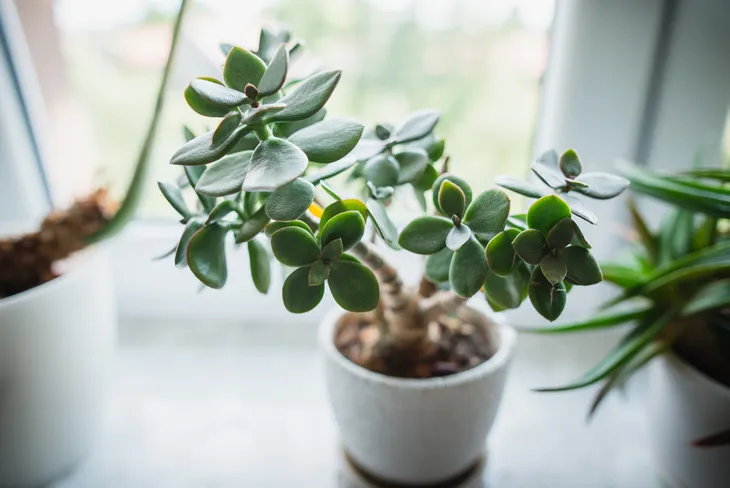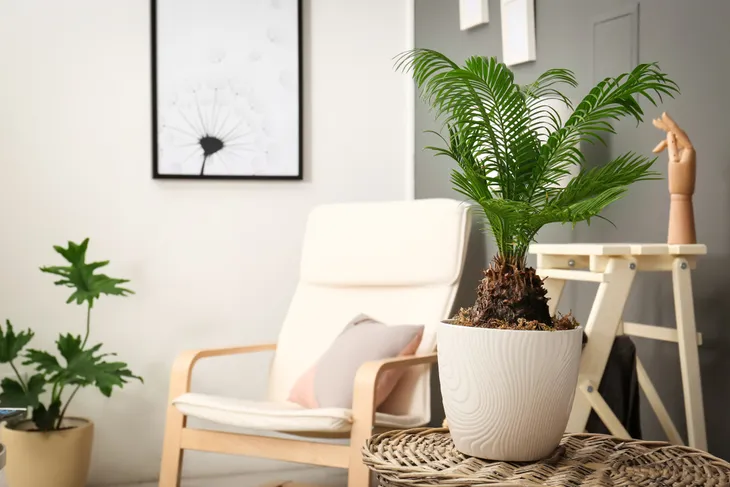Houseplants are trendier than ever and for good reason. Not only are they nice to look at, but there may be some health benefits to having them in your home too. Healthline offers a few science-backed health benefits such as reducing stress, increasing productivity and improving indoor air quality. But if you have children and/or pets at home, you should be wary of some houseplants on the market.
While most adults know not to ingest decorative plants, young children and pets might mistakenly ingest them due to curiosity. This is why it’s important to know which ones are safe and which ones could cause harm to your little ones. With this in mind, let’s take a look at 12 houseplants that are toxic to children and pets!
Philodendrons
Philodendrons are one of the most popular houseplants and that’s likely because they’re so easy to grow and take care of. Unfortunately, they’re poisonous to not only pets but to humans too. The plant contains a toxin in its leaves, called calcium oxalate.
Eating this plant can cause the lips, tongue, and throat to burn and swell. If your infant or pet eats the plant they may also experience vomiting and diarrhea. Philodendrons grow vines of several feet so if you insist on having this plant in your home, make sure you keep it far from the floor.
Pothos
Pothos are often mistaken for philodendrons because they’re both green vining plants but they are quite different. That said, another thing they do share in common is that they’re toxic to humans and pets.
Like philodendrons, pothos plants are also very easy to take care of. If you really want to have this plant in your home, consider hanging it up high in a hanging basket to keep it out of reach of children and pets.
Daffodils
At the first site of spring, you might be tempted to bring daffodils home to brighten your space but you should think twice about that decision! Daffodils contain a toxic chemical known as lycorine which is toxic to humans and pets. The highest concentration of lycorine is found in the bulb but it is also present in all parts of the plant too.
If you have daffodil bulbs on hand, be sure to clearly label them. The bulbs can be easily mistaken for onions. Poison Control says, ingesting daffodils can cause nausea, vomiting, abdominal pain, and diarrhea with symptoms typically lasting for 3-hours. Severe symptoms include drowsiness, low blood pressure, and damage to the liver.
Easter Lilies
Easter lilies (Lilium longiflorum) is another popular spring houseplant. Unfortunately, they’re also extremely toxic to cats. Eating this plant can cause severe symptoms and it can even be fatal if your cat develops kidney failure.
For treatment to be effective, your vet must treat your cat no later than 18-hours after exposure. Fortunately, Poison Control says cats seem to be the only species that suffers from kidney failure after ingesting Easter lilies. But if you do have a cat, it’s best to err on the side of caution with this one.
Dumb Cane
Dieffenbachia, also commonly known as dumb cane, is another popular houseplant. It’s renowned for its beautiful and dramatic leaves, typically green with blotches of white or yellow. Unfortunately, the dumb cane plant is also toxic to children and pets.
Better Homes and Gardens explains the sap from the plant causes the tongue to swell and burn. It can even block off air to the throat. If large amounts are ingested, it can even be fatal to both humans and pets. If you have little ones or pets around make sure you steer clear of this plant, or at the very least keep it high off the ground and out of reach.
Elephant Ear
Elephant ear plants can be enjoyed outdoors or indoors. They’re renowned for their large arrow-shaped leaves that can add a perfect tropical vibe to your space. But like the other plants on this list, elephant ear plants are also toxic to children and pets.
The most toxic parts of this plant are the leaves and stems which contain a chemical called calcium oxalate that can cause severe burning and swelling of the tongue, lips, and mouth. Other symptoms include diarrhea, nausea, and vomiting. You should handle this plant with care because even touching it can cause skin irritation and itching.
ZZ Plant
The Zamioculcas Zamifolia, also known as the ZZ plant is another popular houseplant because it can survive just about anywhere, including in low light environments. This makes it a great plant for beginners.
Unfortunately, the ZZ plant is toxic to humans and pets. In fact, all parts of the plant are poisonous. Even touching the plant can cause skin irritation so it’s best to wear gloves when you need to handle it. And be sure to keep it out of reach from children and pets.
English Ivy
English ivy is a popular houseplant because it can be effortlessly draped on mantels, bookshelves, or from a hanging basket. But if you have children or pets, you’ll want to err on the side of caution with this plant!
English ivy can cause vomiting, diarrhea, or neurological conditions in children and animals if taken orally. Although, “large quantities must be ingested to cause serious problems,” says Better Homes and Garden. The leaves may also cause an allergic reaction to your skin if you touch them. The source recommends putting it somewhere high off the ground because the plant tends to trail.
Aloe Vera
Aloe vera is renowned for its medicinal properties. And while it may not be poisonous to humans, it does pose a threat to your furry family members.
“Aloe vera’s level of toxicity is mild to moderate for cats and dogs,” says the Pet Poison Helpline. Ingesting the plant can cause vomiting and diarrhea. Other signs include depression, anorexia, changes in urine color, and in rare cases, tremors.
Peace Lily
Peace lilies are renowned for their ability to thrive in low-light environments which is why they’re a popular houseplant. They’re also toxic to children and pets. Like English ivy, your pet or child will have to ingest large quantities of the leaves for it to be toxic but it’s still worth mentioning on our list.
The pollen from the spadix can also cause oral irritation if it’s licked off your pet’s fur or paws. If you want to admire this plant in your home, just be sure to place it high off the ground, such as on a bookshelf.
Jade
Jade plants are hardy succulents that enjoy dry soil. If you have a hard time remembering to water your plants, a jade will likely thrive in your home. That said, the jade plant is also mildly poisonous to humans if ingested. Ingesting it can cause diarrhea and vomiting.
The plant also poses a threat to your pets too. The ASPCA lists it as a poisonous plant to pets. Clinical signs that your pet has ingested jade include vomiting, depression, incoordination. Other symptoms include lethargy, weakness, aggression, hiding, and abdominal pain. Rare symptoms include slow heart rate, impaired muscle movement, and convulsions.
Sago Palm
Palm plants are one of the best plants to add to your home if you want to create a tropical vibe. But be careful with sago palms if you have children and pets.
All parts of the plant are toxic to humans and pets if ingested. Although, it’s worth noting the seeds are the most toxic because they contain the highest levels of a toxic agent called cycasin. Ingesting this plant can cause symptoms like vomiting, diarrhea, and in severe cases, it may lead to liver failure.
